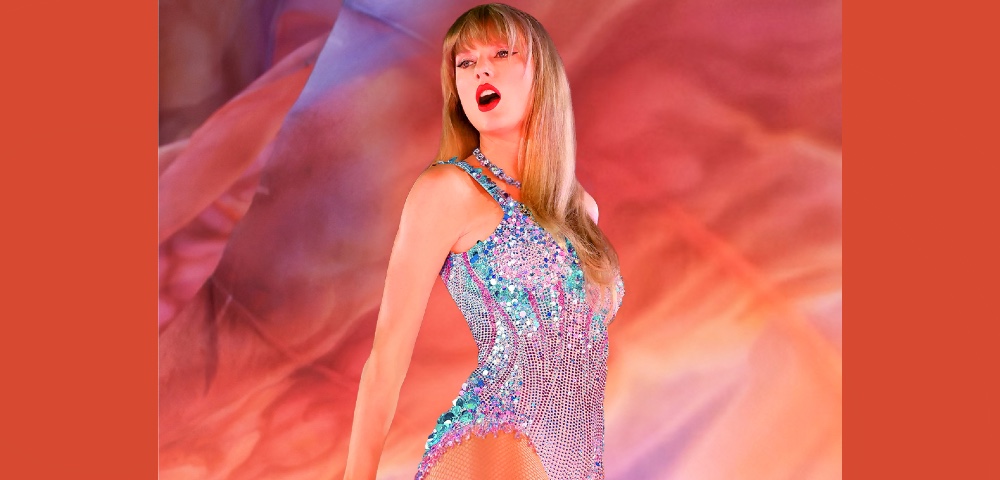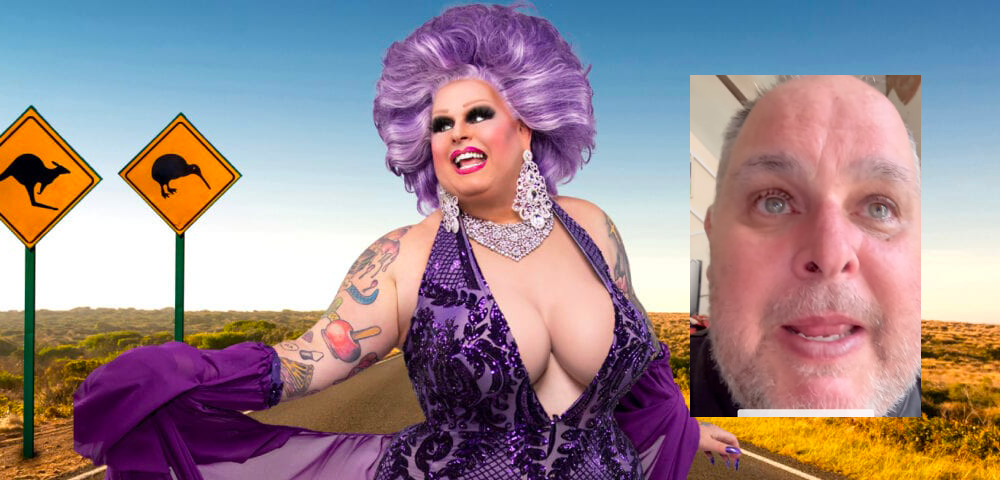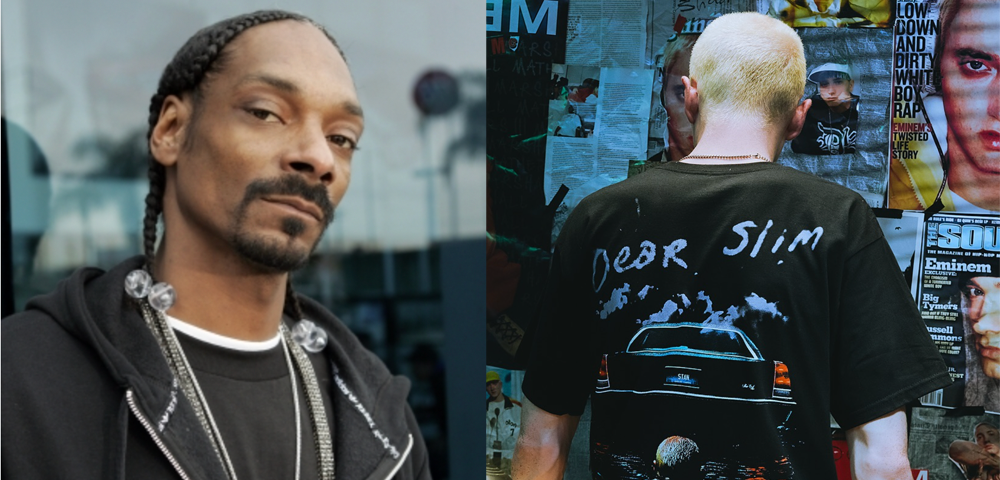
NY Times Slammed For Speculating On Taylor’s Swift’s Sexuality

Taylor Swift’s team have fired back at a lengthy New York Times op-ed speculating on the pop singer’s sexual identity, calling the piece “invasive”, “untrue” and “inappropriate”.
In the op-ed, titled, Look What We Made Taylor Swift Do, the article suggests that the Style singer may have been concealing a queer identity through her “easy-to-decode” clues in her discography.
The 5000-word article, written by editor Anna Marks compiled a substantial catalogue of LGBTQ references, both explicit and implicit, woven into Taylor Swift’s songs and performances. Marks proposed the notion that Swift might have been subtly signalling her affiliation with the queer community for years.
Dropped Hairpins
“Sometimes, Ms. Swift communicates through explicit sartorial choices — hair the colours of the bisexual pride flag or a recurring motif of rainbow dresses. She frequently depicts herself as trapped in glass closets or, well, in regular closets. She drops hairpins on tour as well, paying tribute to the Serpentine Dance of the lesbian artist Loie Fuller during the Reputation Tour or referencing “The Ladder,” one of the earliest lesbian publications in the United States, in her Eras Tour visuals”, Marks wrote.
Marks claims that these “dropped hairpins” have appeared in Swift’s career, long before mainstream America embraced the marketability of queer identity, “They suggest to queer people that she is one of us. They also suggest that her art may be far more complex than the eclipsing nature of her celebrity may allow, even now”.
Invasive, Untrue and Inappropriate Speculations
CNN spoke to a Swift team member who said that the New York Times article indicated that there seemed to be “no boundary some journalists won’t cross when writing about Taylor, regardless of how invasive, untrue, and inappropriate it is”, while under the “protective veil of an ‘opinion piece,’”.
The insider compared the Is It Over Now singer to other pop singers who have had their sexuality speculated on, declaring that her success as an artist had left a “Taylor-shaped hole in people’s ethics,”.
“This article wouldn’t have been allowed to be written about Shawn Mendes or any male artist whose sexuality has been questioned by fans,” they added.
In the introduction to Swift’s re-recorded “1989 (Taylor’s Version),” released in October last year, the artist reflected on being subjected to “slut-shaming” in the years preceding the original album’s launch in 2014 and addressed speculation around her sexuality.
“The jokes about my amount of boyfriends. The trivialisation of my songwriting as if it were a predatory act of a boy-crazy psychopath. I had to make it stop because it was starting to really hurt”, she wrote.
The Cruel Summer singer responded to rumours around her sexuality, adding, “If I only hung out with my female friends, people couldn’t sensationalise or sexualise that — right? I would learn later on that people could and people would”.
An Ally
Swift has been a vocal supporter of the LGBTQ community; however, she has refuted claims suggesting that she is queer.
In 2019, Swift told Vogue, “I didn’t realise until recently that I could advocate for a community that I’m not a part of. It’s hard to know how to do that without being so fearful of making a mistake that you just freeze. Because my mistakes are very loud. When I make a mistake, it echoes through the canyons of the world. It’s clickbait, and it’s a part of my life story, and it’s a part of my career arc.”
Supporters of the singer appeared disappointed by the Times op-ed, with one fan taking to X (formerly known as Twitter), to write, “Call me old fashioned but speculating on people’s sexual orientation and selling own personal theories as facts is not journalism”.









